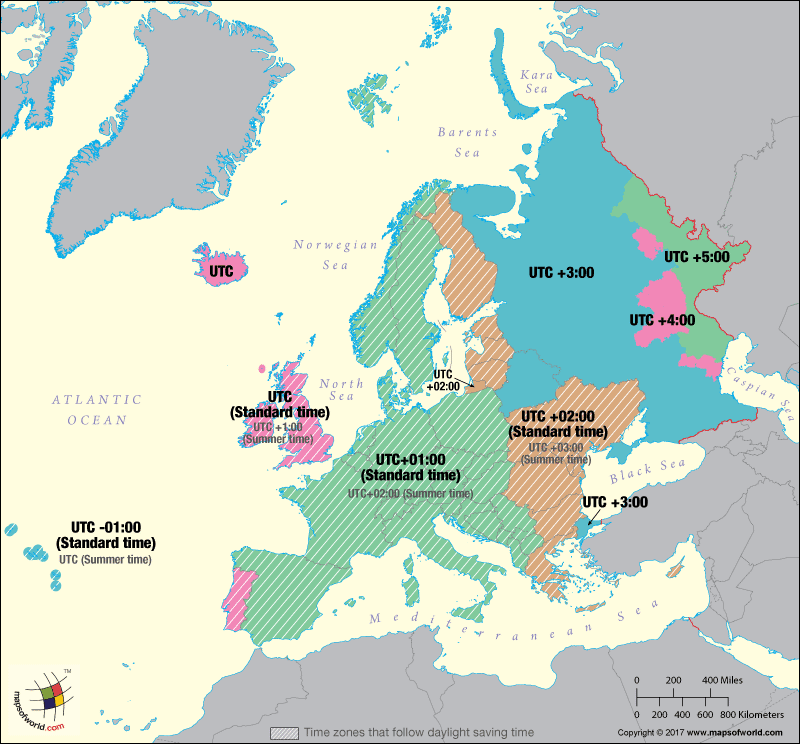
In addition Russia added two new time zones. In April 2011 the Russian Parliament passed legislation to keep Russia on Daylight Saving Time year round, however, in 2014 Russia reversed that decision and ended daylight saving time on October 26, 2014. (UTC/GMT +2 ) Eastern European Time Zone. (UTC/GMT +0) Greenwich Mean Time Zone, Western European Time Zone and Irish Time Zone. The Azores, an autonomous region of Portugal, observers Azores Time (AZOT) which is UTC/GMT-1.įrom west to east the six standard time zones in Europe are: Georgia (formerly Republic of Georgia) uses UTC/GMT +4 and does not observe daylight saving time. This area uses Moscow Standard Time which is now UTC/GMT +3 except for Kaliningrad Oblast in the western most portion of Russia which uses UTC/GMT +2.

It’s the most common time zone in the entire continent, covering the largest part of the EU. Among them, Central European Time or CET is observed in 17 EU member countries. Western portions of Russia which are west of the Ural Mountains are sometimes referred to as being in Europe. In fact, currently, European people measure the time based on the three standard time zones: Western European Time, Central European Time, and Eastern European Time. However, as of October 2021 the proposal has not been confirmed by the European Union and is unlikely to go into effect this year. The European Parliament and the Council of Ministers have voted to end the use of daylight saving time or summer time in the European Union in 2021. It runs through the northern parts of Europe, and central Europe including the UK and. In addition, some local communities in Europe may not follow the official time zone rules. Territories observing the time zone are primarily in Europe. Iceland and portions of Greenland do not observe daylight saving time. Throughout the United Kingdom in the countries of England, Northern Ireland, Scotland and Wales, Summer Time is referred to as British Summer Time (BST). Western European Standard Time (WET) becomes Western European Summer Time (WEST), Central European Time (CET) becomes Central European Summer Time (CEST) and Eastern European Time (EET) becomes Eastern European Summer Time (EEST). The names in each time zone change along with Summer Time. On the last Sunday in October areas on Summer Time (Daylight Saving Time) return to Standard Time at 1:00 am UTC/GMT.

In Europe Daylight Saving Time is commonly referred to as Summer Time. Western European Standard Time is the same as Greenwich Mean Time (GMT), however, during periods when Daylight Saving Time is in use, Western European Summer Time is one hour ahead of Greenwich Mean Time. From west to east the time zones are Western European Time (WET) which is UTC/GMT +0, Central European Time (CET) which is UTC/GMT+1 and Eastern European Time (EET) which is UTC/GMT +2. Most of Europe uses three standard time zones.


 0 kommentar(er)
0 kommentar(er)
